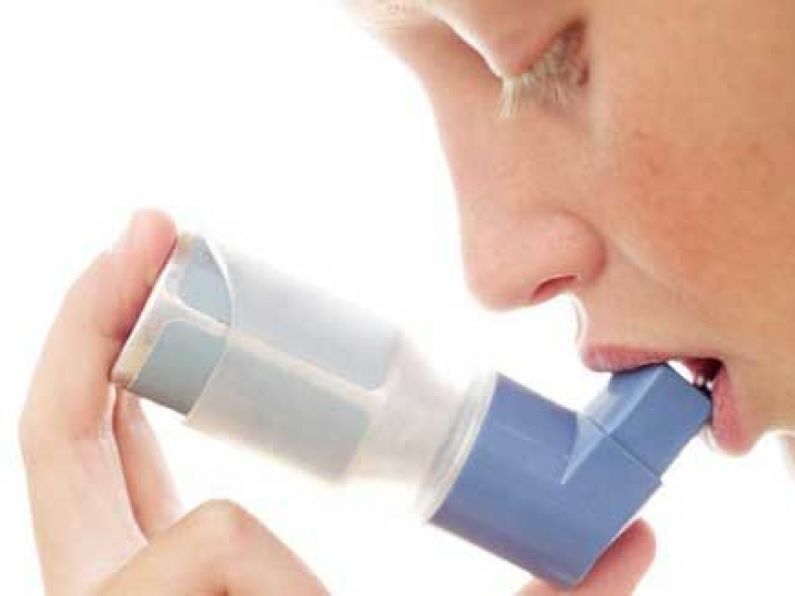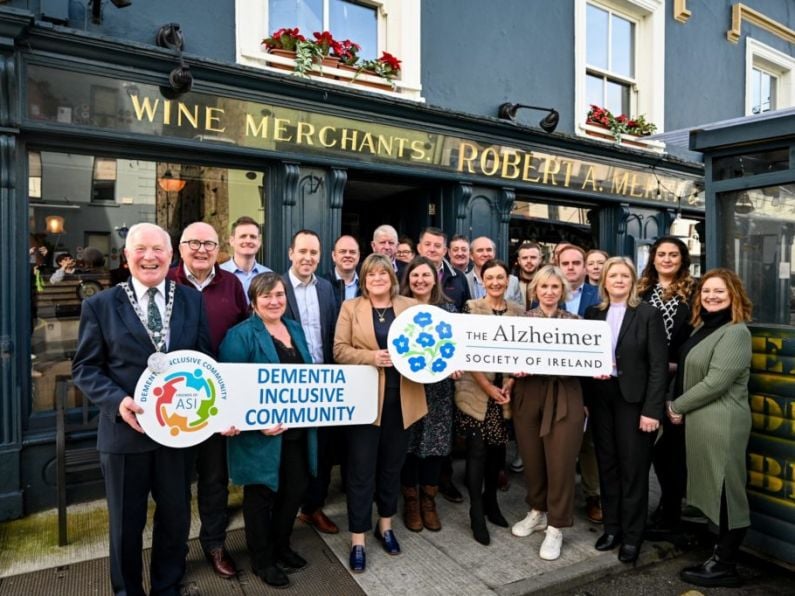Just under one in 10 cases of Irish childhood asthma is linked to traffic pollution.
Exposure to nitrogen dioxide, which is mainly emitted from road transport, appears to be a "substantial" risk factor for the condition, according to a study in journal The Lancet Planetary Health.
The researchers estimate that four million new cases of childhood asthma globally - 13% of those diagnosed - could be attributable to nitrogen dioxide pollution.
9% of Irish children with asthma have it as a result of traffic.
"Our study indicates that policy initiatives to alleviate traffic-related air pollution can lead to improvements in children's health and also reduce greenhouse gas emissions," lead author Dr Ploy Achakulwisut, from George Washington University, in the US, said.
It is thought that pollution from traffic may damage airways, leading to inflammation and the development of asthma in children who are genetically predisposed to the condition.
While it is not clear which pollutant in traffic air pollution is responsible, previous research has suggested exposure to nitrogen dioxide is key.
Traffic emissions can contribute up to 80% of ambient nitrogen dioxide in cities.
The researchers used global data on nitrogen dioxide concentration and asthma incidence to estimate the number of new cases in children aged one to 18 years old which could be related to traffic pollution.
Out of the 194 countries studied, South Korea had the highest proportion of new childhood asthma cases at 31%.
In the UK, they suggest 19% of new childhood asthma cases every year are attributable to nitrogen dioxide pollution. This figure rises to 23% in Manchester and 29% in London.
The researchers said that 92% of cases of childhood asthma attributable to exposure to traffic pollution occurred in areas with average nitrogen dioxide concentrations below the World Health Organisation (WHO) guideline of 21 parts per billion.
"Nitrogen dioxide pollution appears to be a substantial risk factor for childhood asthma incidence in both developed and developing countries, especially in urban areas," senior author Dr Susan Anenberg said.
"Our findings suggest that the WHO guideline for annual average nitrogen dioxide concentrations might need to be revisited, and that traffic emissions should be a target to mitigate exposure."
PA & Digital Desk






